A quick post on if:book on why blogs are terrible things.
Rest in peace, Nam June Paik.
A quick post on if:book on why blogs are terrible things.
Rest in peace, Nam June Paik.
“In La Musica Ideal (known in the English-speaking world as ‘The Musicians,’ not a translation but, then, the titles were not always given by Caravaggio), what is the young man at the left doing? Why isn’t he playing an instrument? Does he provide the musicians with an audience?”
(Dick Higgins, “The Importance of Caravaggio”, in Modernism Since Postmodernism: essays on intermedia, p.152)
There’s a nice post at The Valve which nicely gets at how deeply weird Proust gets w/r/t jealousy towards the end of the book.
And a nice post at pas au-delà on the connotations of punctuation. There’s a fine discursion on this (more precisely, what it means to emphasize things in the German style, by increasing letterspace in the emphasized word) towards the end of Agamben’s The Time That Remains. And there was another one recently about dashes – where was that?
More precisely, a bad reproduction of it:
There’s a much better reproduction of this in the print edition of this NY Times review of the show at the Cartier-Bresson Foundation, but it’s not on the web. I like this one because it looks like it’s been through too many Photoshop filters.
This part of the Times article is misleading at best:
What Pound felt is impossible to know. Years earlier, he had been interned for mental illness, and in 1960, he lapsed into long periods of depressive silence and stopped writing. And yet, in the image selected by Cartier-Bresson, Pound’s wild hair, burning eyes and tense hands seem to speak volumes about an old man raging against the dying of the light.
But now it’s fixed? I think? Nobody should ever have to know that MySQL exists, much less have to know what it does and how to fix it when it breaks.
In the interim:
(being where I have worked in New York)
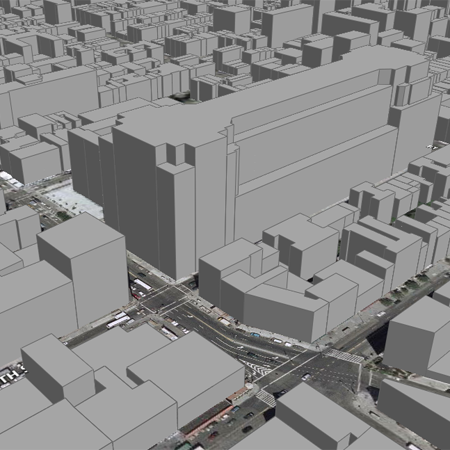
This is the first Sparknotes office. It’s the old Port Authority building between 8th and 9th Avenues and 15th and 16th Streets. In this image, we’re looking towards the southwest corner, 15th Street & 9th Avenue. It was a massive building; we were on the 8th floor which extended over most of the block. It turns out Google Earth lets you see buildings in some parts of New York, so here are some buildings. Curious that it looks like two cathedrals laid narthex to narthex. I was working in the one that pointed the wrong direction.
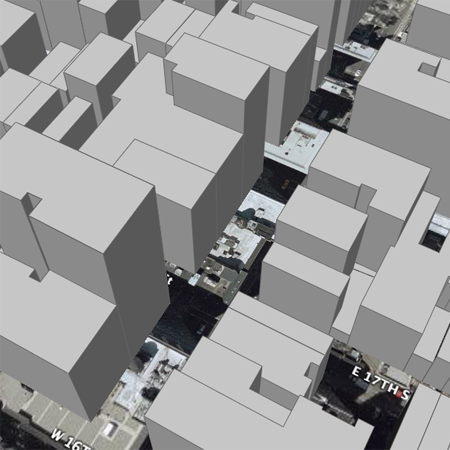
Here’s the second Sparknotes office that I worked in, at 120 5th Avenue, in a building beset by the Gap all around. The avenue seems to have the roof in it – Google hasn’t perfected everything yet.

Here is the first office of the Institute for the Future of the Book, Ashton’s old apartment at 91st Street & West End Avenue. I like how West 91st Street gives the impression of being a park from above. It turns out that Google Earth has no buildings for this part of Manhattan (or, for that matter, anywhere else that I’ve worked): are only commercial buildings really buildings?
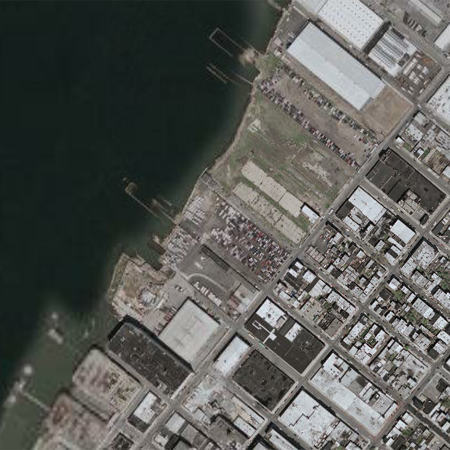
And here, zoomed out to show the river, is the current office of the Institute, on North 7th Street in Williamsburg.
New York is so gray in these maps. That wasn’t intentional.
(being where I worked in Rome)
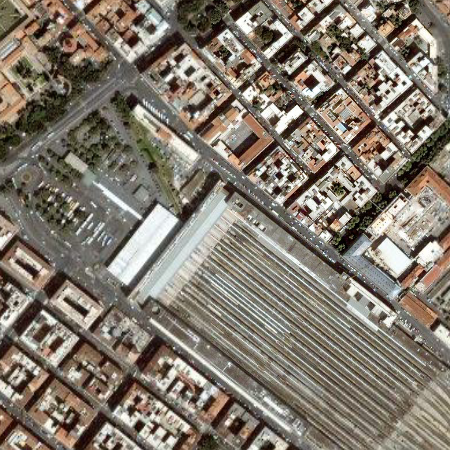
Here is the Enjoy Rome office, north of Termini on Via Marghera. There was an earlier Enjoy Rome office on Via Varese near the corner of Via Castro Pretorio which is also in this map but I didn’t work there.
(being places where I worked in Cambridge & Somerville)
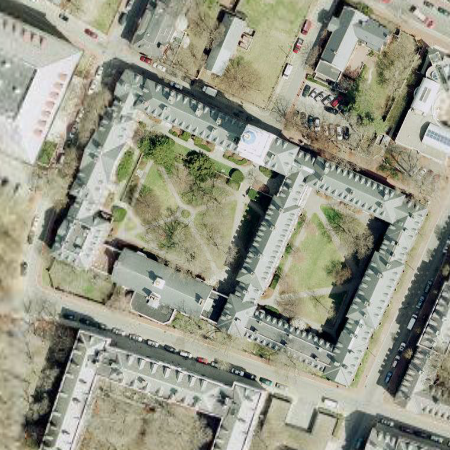
Here is Lowell House, which I cleaned as part of dorm crew. I cleaned other houses at various points, but Lowell’s the first one I cleaned, I think.
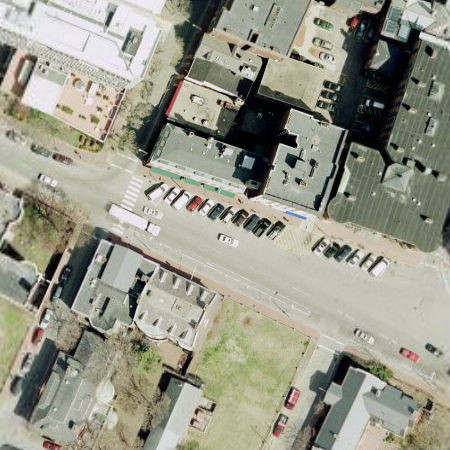
Here is the Let’s Go office (just north of Lowell House) where I worked for two summers as well as a good amount of other time during the school year. There was another summer spent working for Let’s Go in Rome, but that more properly belongs in a cartography of habitations.
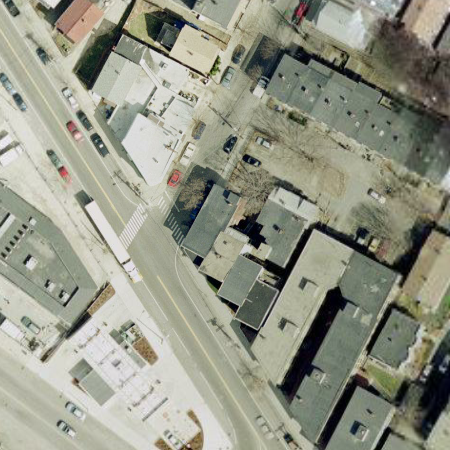
Here is the first Cognoscenti office, just north of Cambridge in Somerville. Later it moved much farther north into Winter Hill, but I don’t know precisely where that was. Here I drew maps and did other things. I later worked for Cognoscenti in Rome, but I don’t know if that counts.